WDC Taipei 2016 Promotion Program
WDC Taipei 2016 Promotion Program To showcase its development goals for World Design Capital 2016, Taipei City Government has revised and integrated existing urban development plans, injecting new thinking and resources. We have defined 16 core projects that seek to use innovative methods of urban governance and involve dedicated design workers in public policy making in order to address development issues that Taipei currently faces in four major areas—life quality and health, eco-sustainability, urban regeneration, and smart living. The city government has begun to implement these 16 core projects one by one since 2013, embarking on a collective urban transformation movement to make Taipei a “livable city”. Boosting International Exchange: Taipei Design & City Exhibitions; Exhibits at Overseas Trade Fairs By organizing design exhibitions in Taiwan and abroad, this project aims to project Taipei’s brand as a design city and to forge international links, while also showcasing the city’s design capabilities and marketing Taipei City as an evolving city with powerful innovation. <strong>Design & City Exhibitions:</strong> Taipei Design & City Exhibitions in 2012 and 2013 received more than 350,000 visitors. <strong>Major International Trade Fairs:</strong> Since 2012 Taipei City Government has set up stands at major international design exhibitions in Helsinki, Cape Town, Eindhoven, London, and Sydney, with a total attendance of some 130,000. In Finland we also signed a Friendship Cities Memorandum of Understanding with Helsinki, committing our two cities to substantive future exchanges in areas such as city-to-city contacts, urban governance, cultural and creative industries, and youth education. In October 2014 Taipei will exhibit at Tokyo Designers Week in Japan. Encouraging Design Innovation: Design Support Project We seek to broaden the impact of design on the city by encouraging design professionals to get involved in the transformation of Taipei’s physical infrastructure, institutions, and processes, and by promoting the practice of designer participation in city affairs. To this end, design professionals in all fields are invited to put forward their own projects for urban transformation through design. Shaping Distinctive Local Character: Creative District Development Project The urban regeneration currently underway in Taipei City does not require the demolition and replacement of buildings or massive construction works. Rather, it involves judging the value and function of each space on the basis of taste, individuality, originality, a sense of values, and a life-centered attitude. In the process, this creates many “microworlds” that together present a cornucopia of aesthetic experiences. This project encompasses both the Taipei Street Corner Encounters Project and the Creative Districts Project. It works mainly by staging events of various kinds to build a sense of identification among designers and creative workers. The public are also encouraged to experience the energy of the creative districts by participating in a range of activities. Neighborhood Parks, Residents’ Best Design Playgrounds: Second Generation Parks Project This project aims to shape Taipei City’s second generation of neighborhood parks through a combination of universal design, industrial design, reuse of environmentally friendly materials, and multidisciplinary design approaches such as green design, ecological design, and planting design. The Second Generation Parks Project uses public participation to build on the distinctive character of such parks as Tianhe Park, Zhongqiang Park, and Wanyou No. 1 Park. Ecological conservation and user needs are good examples of the criteria used to plan the future orientation of the parks’ development. Starting Design Education Young: Design Foundation Teaching Project We hope that, by bringing design thinking and designer participation into school education, we can gradually improve the current, exam-oriented model of teaching and learning and mitigate its shortcomings. The project aims to develop seed teachers for design thinking education, and so enable design thinking to put down roots, by holding a series of diverse design activities including forums, instructional courses, lectures, study camps, workshops, and lesson-planning sessions. At the same time we are pursuing a project to form creative design clusters, in the hope that, by placing designers and cultural and creative workers in junior high schools and elementary schools, we can create clusters of cultural and creative exchange that will foster an artistic atmosphere in schools and communities, realize sustainable development through the reuse of idle campus spaces, and also act as a mechanism of social solidarity. Design for a Living-friendly Urban Environment: Universal Design Co-creation Project We have set up a mechanism to promote the development of universal design in the city, to advance the ideal of an inclusively user-friendly city in which universal design can serve diverse users and everyone has an equal right to seek and benefit from universal design. In 2013, through a series of service design co-creation workshops on the themes of joyful eating and joyful living, designers and other stakeholders were recruited to jointly create various human-centered design prototypes. In 2014 the focus is on organizing an Asia-Pacific festival on Universal Design in Urban Living to promote awareness and interest among the general public and achieve substantive information exchange and development among professional communities. The aim is to use more innovative, user-friendly, and interactive ways to enable the public at large to deepen their understanding of universal design and thereby increase their support for it and their willingness to use it; this will also provide professionals, investors, and users with an interactive platform for sharing feedback, experience, and resources. A People-oriented Walking City: Green Boulevards Project, Pedestrian Overpass and Underpass Redesign Project Green Boulevards: In response to public demand, the city aims to set up a network of pedestrian walkways. In workshops, expert forums and explanatory meetings, residents are participating in the planning and design of green boulevards. Together, they review plans, discuss, and brainstorm, finally putting forward a practical plan of action in accordance with public need. Sections of three roads will be used as demonstration zones: Xinsheng South Road Section 3 (approx. length: 1.2 km.), Heping West Road Section 3 (570 m.) and Roosevelt Road Sections 5 and 6 (2.6 km.). Overpasses and Underpasses: Many of Taipei’s pedestrian overpasses and underpasses are old and dilapidated, thus presenting problems in terms of public safety and unsightliness. On the back of comprehensive surveys, with the involvement of designers and the wider public, we are preparing plans to renovate the passes in line with user needs. We hope that design techniques such as mass reduction and user-oriented design will help make our city visually more attractive, while maintaining the safety of neighborhood and school access routes. Unique Locally Rooted Urban Regeneration Models: URS Project and “Old House” Cultural Movement URS (Urban Regeneration Stations):The main theme of the URS project is regeneration. In this way, the project breaks with the conventional model of urban renewal, which consists of demolition followed by new construction, aiming instead to bring new thinking into old exteriors. The project has now been running for four years and currently has seven locations with more than 30 designers in occupation. Its innovative model of action-based work seeks to bring together creative people and creative energy, integrate with local networks, and kindle creativity so as to stimulate local development and regeneration. The project uses physical spaces that are open to the public to generate sustainable development mechanisms and platforms for creativity. “Old House” Cultural Movement: Overturning the notion that the only way to deal with old buildings is for government agencies to allocate funds for their restoration and running, the city government is now playing the role of guide and matchmaker, bringing in private-sector funding and creativity to conserve cultural assets by repurposing and revitalizing them. This project assists with the repair of old buildings, so that they can be used both by businesses and by cultural and creative groups as spaces for creative work, exhibitions, and performances. Since 2013 the city government has successfully set up partnerships for 13 sites, giving these buildings a new lease on life. Streetscape Transformation: Designer Participation Project for Store Signage; Transformer Box Makeovers Designer Matchmaking Mechanism for Creative Store Signs: This project aims to encourage greater cross-disciplinary collaboration by designers. It facilitates designer participation in order to achieve transformation through design, building on local characteristics to make neighborhoods more visually attractive and so enhance the city’s appeal. The creativity and skills of designers are combined with the individual ideas and observations of store proprietors to create store signs that truly represent the character of their businesses. Transformer Box Makeovers: Taipei City has many thousands of streetside electrical transformer boxes. The Dalongdong business district, which has a rich cultural history, was selected as a demonstration zone for this project of design makeovers of transformer boxes. With the joint participation of community residents, local artists, and designers, professional visual design is applied to beautify the boxes. The project provides an opportunity for Taipei residents to get involved in their city’s aesthetic design and have a say in the development of the urban streetscape. Creating a Career Development Platform for Young Designers: Low-rent Office Project for Young Startup Entrepreneurs This project introduces the “co-working” model that has taken off in Europe and North America, by setting up a co-working space—the “Taipei Co-Space”—on the second floor of the Neihu Technology Park Service Building. The project integrates creativity, design, innovation, and technology to create a venue for cross-disciplinary exchange, using design to enhance enterprises’ innovative value. The project pursues three major strategies: (1) perfecting guidance mechanisms, with joint participation by social groups; (2) bringing in industry resources to focus on the creation of business opportunities; and (3) convergence with international best practice, and city marketing communication. Smart Urban Service: Bus Shelters, Bus Stops, Integrated Traffic Signals Bringing smart technologies to a richly cultured and verdant environment, this project employs industrial designers to craft forward-looking streets that merge ecology with smart functions. The project is based on the concepts of universal design and service design, with the goal of enabling citizens to move about the city safely, comfortably, and conveniently. It aims to develop innovative “smart street” services that meet residents’ needs. Bus Shelter and Bus Stop Upgrade Project: Cantilever-roof Bus Shelters: Where restricted space makes it impractical to install standard bus shelters, this experimental project introduces a new-style shelter with a cantilevered roof. Smart Bus Stops: Stops incorporate a “waving hand” motif which echoes bionic design (based on the idea of greeting a bus driver with a friendly wave). Stops are equipped with a push-button service light to enable passengers to signal to drivers that they wish to board. Integrated Traffic Signals: This project will research, survey, and analyze Taipei’s traffic lights and road signs, and design an integrated traffic signal system that is compliant with current traffic regulations. From Cradle to Cradle: Total Recycling Project This project represents a further evolution of resource recycling in Taipei City. The compostable portion of kitchen waste, comprising items such as fruit and vegetable peelings, coffee grounds, and plant roots, contains small quantities of saccharides, cellulose and lignin. By a process of shredding, grinding, concentration, hydrolysis, fermentation, distillation and purification, these waste materials can be used to produce bioethanol, which depending on its level of purity can be used as a biofuel to replace gasoline, or as a chemical feedstock. For example, it can be used as part of the feedstock for polyethylene terephthalate (PET), to produce Bio-PET bottles or to be spun into fibers to make fabric for use in everyday items such as clothes, shopping bags or sports shoes. As part of this project, a kitchen waste bioethanol recycling exhibition hall has been installed at the Neihu Refuse Incineration Plant—the first environmental education facility at any publicly operated waste incinerator in Taiwan. We hope that in the future a diverse range of innovative products from bioethanol will find their way into the living environment of Taipei City residents, in order to develop the value of kitchen waste as a resource, build a new culture of environmental protection, and create a new experience for all Taipei. Showcasing Taipei’s design development power: Design Publishing Project This project brings together Taipei’s design power, recording in words and images the people, events, times, places and things related to design in Taipei, and showcasing the achievements of the Public Policy by Design Project. Books published thus far include Design Taipei Keywords, 2013 Taipei Design & City Exhibition, and Adaptive City.
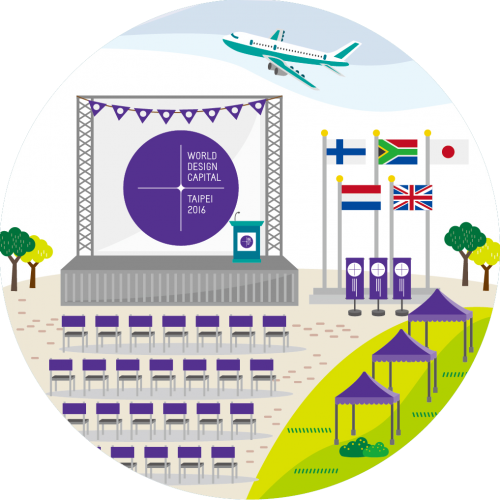
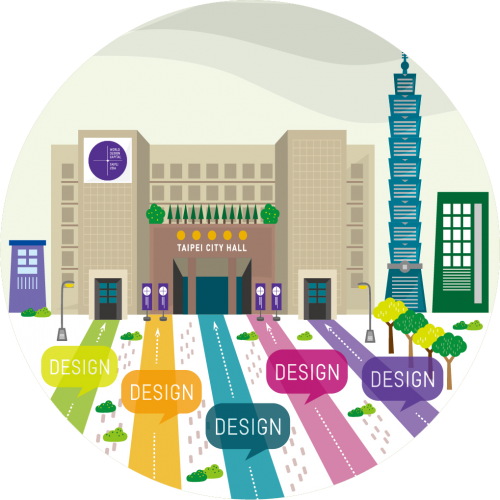
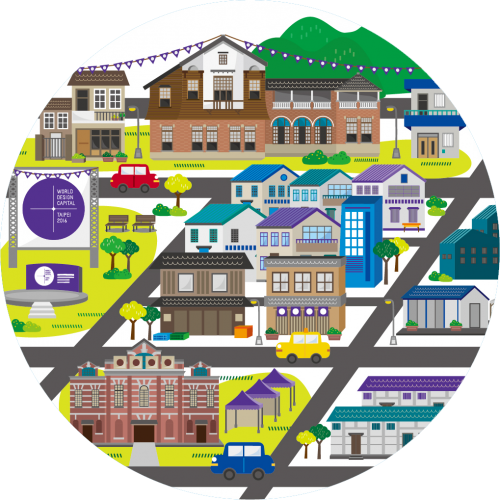
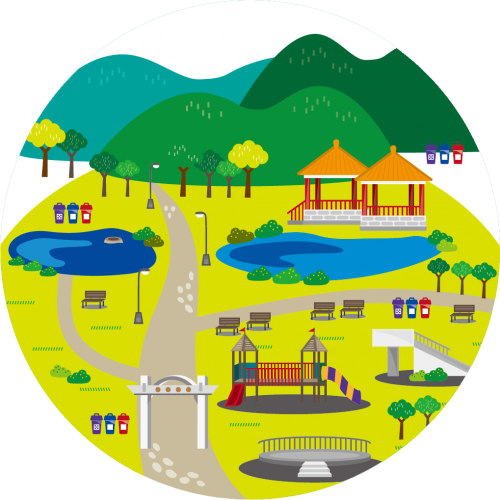
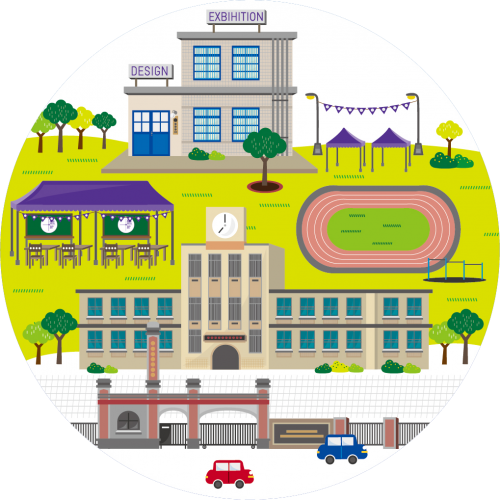
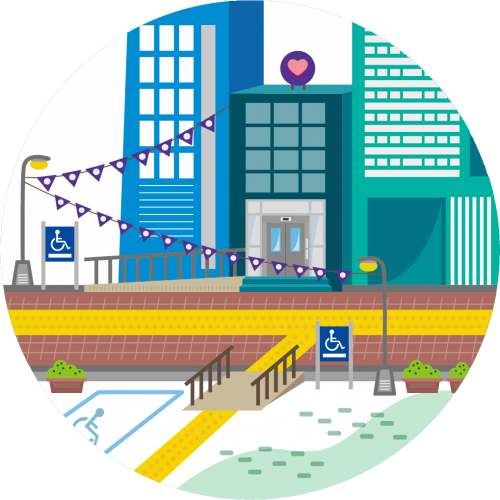
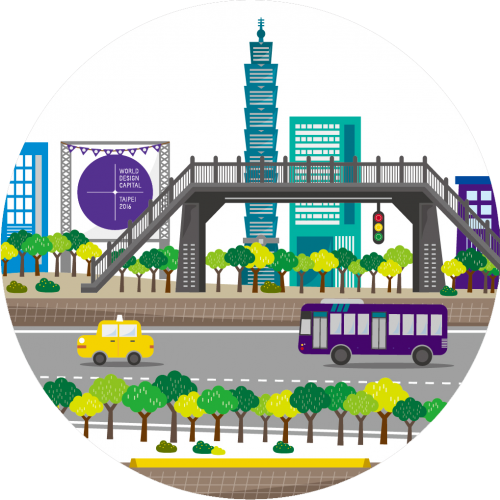
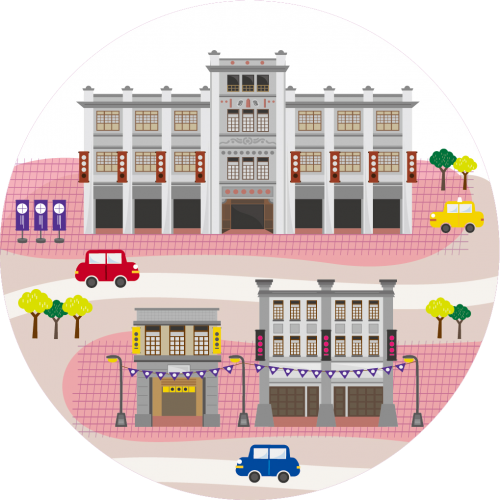
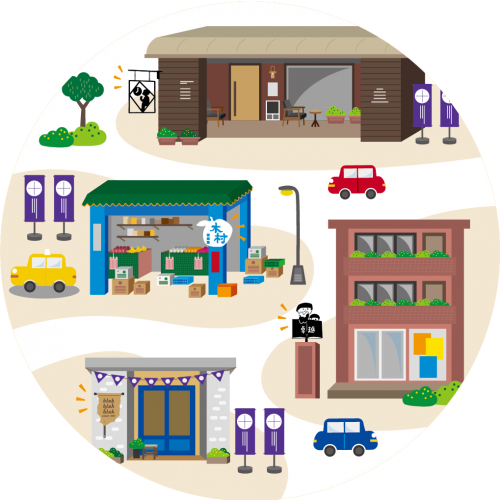
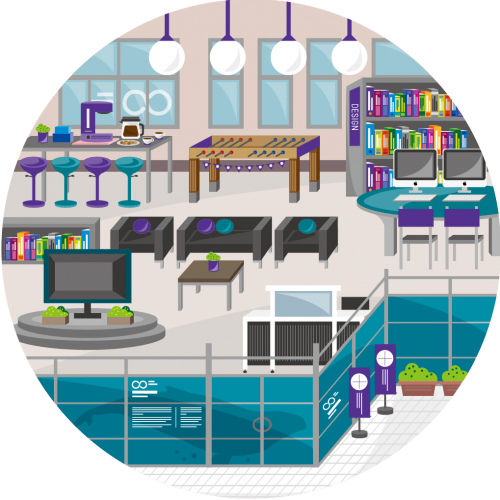
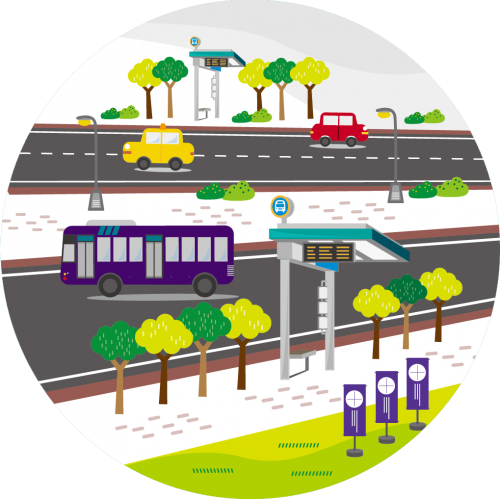
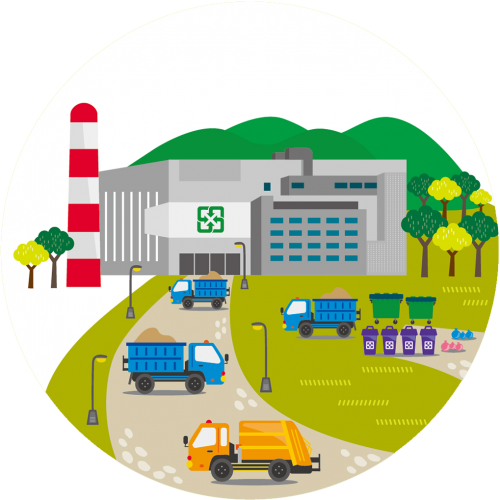
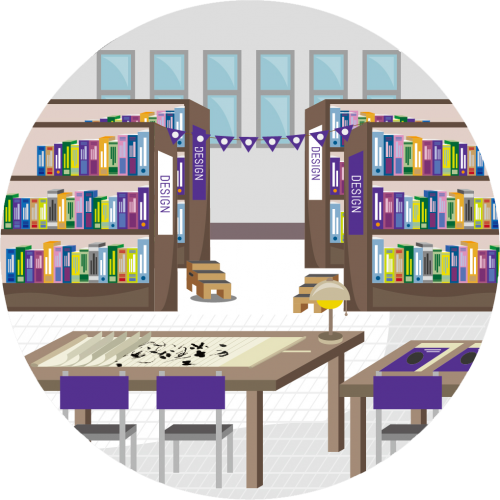

![Taiwan.gov.tw [ open a new window]](/images/egov.png)
